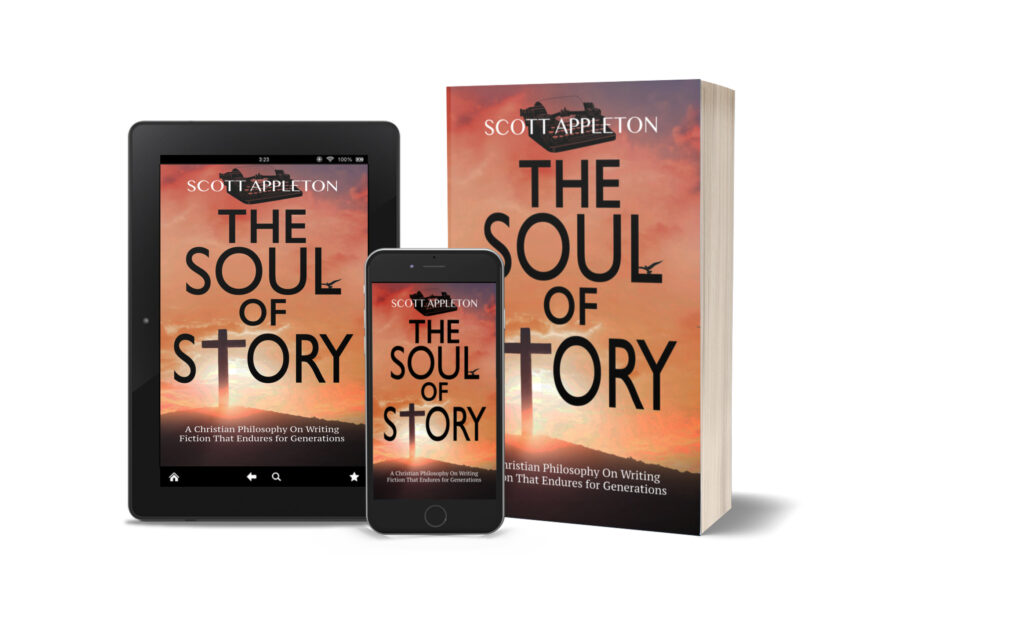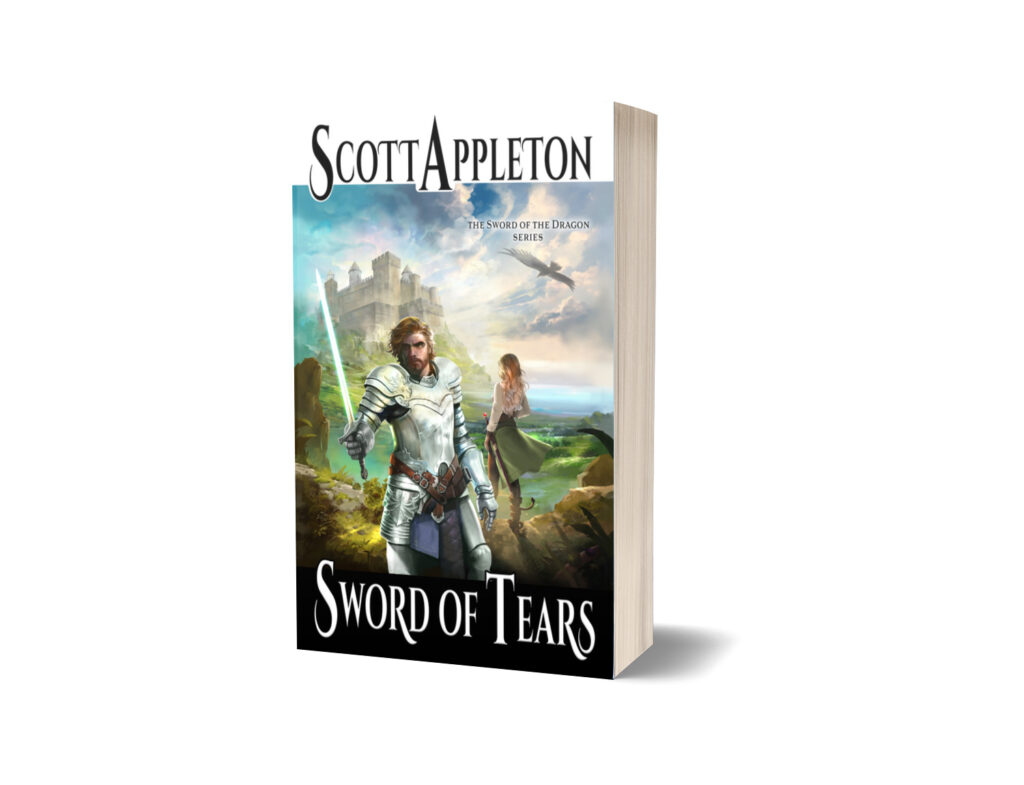When writing a fantasy story much focus is given to world building and character development. This focus can greatly enrich the story world… though there is also a pitfall in it for those of us who write the story.
Characters come to life, landscapes take form, cultures are developed, costumes and customs are established. As you create a fantasy book or series you do not want to miss an opportunity to enhance the reader’s experience. This is a work of art. You want it to shine. All of this leads to an endless supply of subplots within the main story. It may be as simple as a secondary character who needs more personality in order to interact more realistically with the main characters in the story.
The wise writer files away an array of subplots. Histories of lands and biographical data on secondary and background characters, for example. But sometimes we get carried away by the ideas the subplots deliver and we let the story follow rabbit trails as we flesh out minor characters. Certainly there is validity in doing this when drafting fantasy novels, but it is imperative that we remember to focus the story on the main characters.
I was reminded of this recently while watching The Hobbit: The Battle of the Five Armies for the first time. Peter Jackson allowed the story to follow so many minor characters that, even though the movie had great moments, it lost its punch. Characters wept over fallen comrades, and I could not weep with them because I did not feel an affinity for their loss. I did not “know” their comrades well enough to miss them. If the movie had stuck to following a couple characters a more coherent story would have resulted and greater emotional attachment could have been achieved. Instead it followed a slew of characters and tried to make all of them equally important.
A subplot is fantastic for enriching a fantasy tale. If we are following our main character and they encounter a minor character, it benefits the story if that minor character is given a history. But where we must be careful is in not immersing ourselves in that minor character. The story must pull back to the main character so that the conflicts continue to be resolved in a coherent manner. A great example of this is in Harry Potter because J.K. Rowling always kept the story on Harry and varied from him only rarely to enhance certain plot elements.
Stay true to the main character. File away the majority of your subplots. Who knows? Maybe someday you will dig into those files and write an altogether separate novel to cover the subplot.
Question: What examples of good or bad use of subplots in fiction stand out to you?




Recent Comments